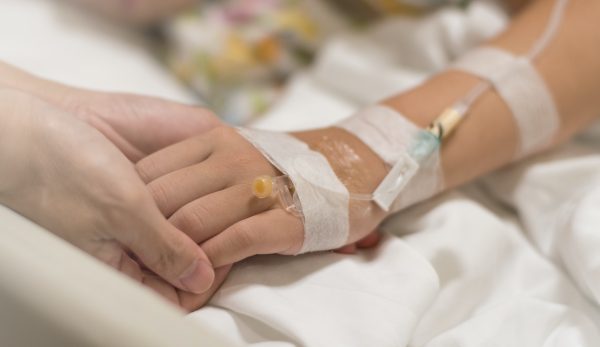New research from Cancer Council has revealed evidence of progress in survival for Australian children with cancer.
The new report. 'Childhood cancer survival and avoided deaths in Australia, 1983 to 2016', found that improvements in survival over the past four decades have led to a substantial overall reduction in the number of cancer-related deaths in children aged under 15.
The research also concluded that survival rates for childhood cancers have continued to improve in recent years due to ongoing progress in the development of new and better treatments combined with improved supportive care.
The report was developed under a collaboration between researchers at Cancer Council Queensland, Queensland Children’s Hospital, The University of Queensland and QIMR Berghofer Medical Research Institute.
Lead author and Cancer Council Queensland researcher Associate Professor Danny Youlden said, “When looking at this research, it’s clear survival has improved. This is exciting to see.
“We found that five-year survival for all childhood cancers combined increased from 73 per cent between 1983 and 1994 to 86 per cent between 2007 and 2016. Put another way, this equates to over 1,500 expected deaths, or 39 per cent, being potentially avoided for Australian children (under 15) diagnosed with cancer between 1995 and 2016 as a direct consequence of the large improvement in survival.”
Unfortunately, positive progress has not been seen in all cancers, with little to no improvement in survival for children diagnosed with liver cancer or certain types of brain and bone tumours.
“Childhood cancer is rare but highly significant for the child and their family. Research is essential to further improve outcomes for Australian families impacted by a childhood cancer diagnosis," added Associate Professor Youlden.
Cancer Council Australia CEO Professor Tanya Buchanan added, “By investing in research, we can continue to help reduce the impact of cancer for all Australians, and this study is a great example of the impact of that investment. The more breakthroughs and discoveries our brilliant researchers can make through their important work, the more lives we can save.”
